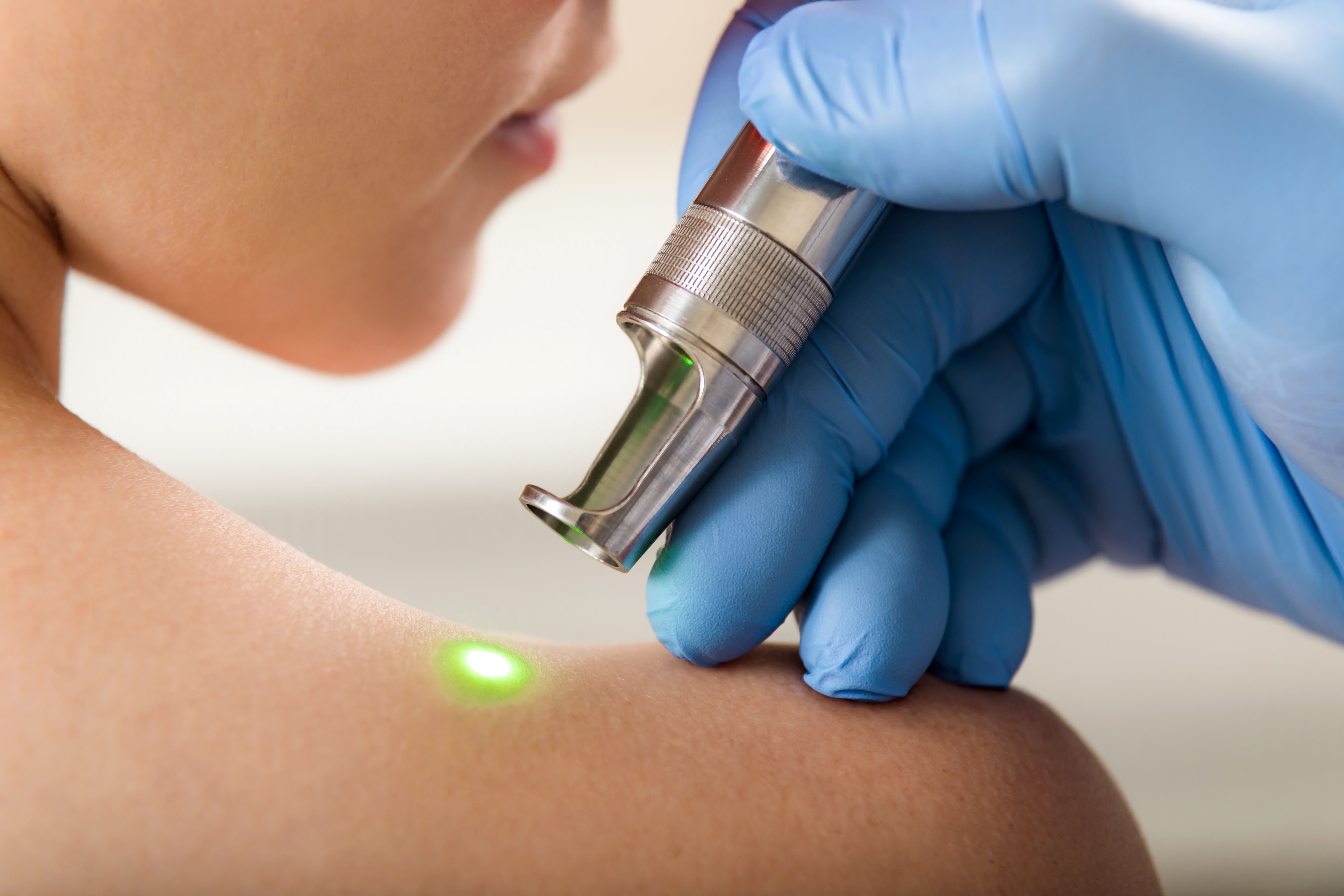- Acne
- Actinic Keratosis
- Aesthetics
- Alopecia
- Atopic Dermatitis
- Buy-and-Bill
- COVID-19
- Case-Based Roundtable
- Chronic Hand Eczema
- Drug Watch
- Eczema
- General Dermatology
- Hidradenitis Suppurativa
- Melasma
- NP and PA
- Pediatric Dermatology
- Pigmentary Disorders
- Practice Management
- Precision Medicine and Biologics
- Prurigo Nodularis
- Psoriasis
- Psoriatic Arthritis
- Rare Disease
- Rosacea
- Skin Cancer
- Vitiligo
- Wound Care
Article
Lip enhancement: What product to use
Author(s):
National report - There are several methods of lip augmentation at the disposal of the dermatologist for achieving ?sthetically desired lips in patients, including fillers, implants, resurfacing techniques (e.g. dermabrasions, peelings, lasers) botulinum toxin injections, as well as surgery.
National report - There are several methods of lip augmentation at the disposal of the dermatologist for achieving aesthetically desired lips in patients, including fillers, implants, resurfacing techniques (e.g. dermabrasions, peelings, lasers) botulinum toxin injections, as well as surgery.
"Whenever I perform a lip augmentation in my patients, I always keep in mind the relationship between the lips and the smile," says Parisian maxillo-facial and plastic surgeon, Patrick Trevidic, M.D. "To achieve a younger looking smile, it is paramount not to forget the structures below, providing the support of the lips. By this I mean the bone, teeth, mucosa, muscle and skin. If the surgeon does not take these supporting structures into consideration, he may very well make a miscalculation in the amount of product he employs, which may ultimately result in a less than optimal aesthetic outcome." Dr. Trevidic is chief of the maxillo-facial and reconstruction department of the St. Anne Center Hospital in Paris.
When injecting resorbable or nonresorbable fillers to modify the volume of the lips and the area surrounding them, Dr. Trevidic always works from the deeper layers to the superficial layers, filling the lips in five different areas. He stresses that it is all too important that the physician progresses slowly and cautiously with more than one injection, but warned of over-zealous treatment, saying that "less is more" when injecting the lips.
"Once introduced into the lip, the gel does not harden and remains at the injected site for many years. In my experience, one or two procedures are sufficient to reach the desired cosmetic correction in the patient. The procedure is quick and easy, with very little discomfort to the patient. The adverse effects are few and harmless, consisting of small hematomas or a lightly swollen lip, but these symptoms subside in a few days post-procedure. Superficial infections and abscess formation has also been recorded but these adverse effects can easily be avoided with proper and thorough disinfection of the skin," Dr. Trevidic says.
When choosing a filler for lip enhancement, Dr. Trevidic usually prefers to use a resorbable variety. According to the surgeon, a swelling of the lip is the most common adverse effect, but this usually dissipates in the few days after the procedure. The longevity of these fillers can approximately last up to a year.
When performing a lipostructure (or fat grafting), the surgeon prefers to combine the fat implants with another procedure, like a laser resurfacing, a peel or botulinum toxin injections. When using this method, he says that the physician must remember that more volume will be needed to achieve a fuller, more luscious lip. Here, a general anaesthesia is needed, and the patient must be well informed and prepared for a longer recovery time.
"The aesthetic physician today has many products to choose from, each filler having its good and bad points. In the end though, all these methods will obtain good results in good hands," Dr. Trevidic says.
Newsletter
Like what you’re reading? Subscribe to Dermatology Times for weekly updates on therapies, innovations, and real-world practice tips.















